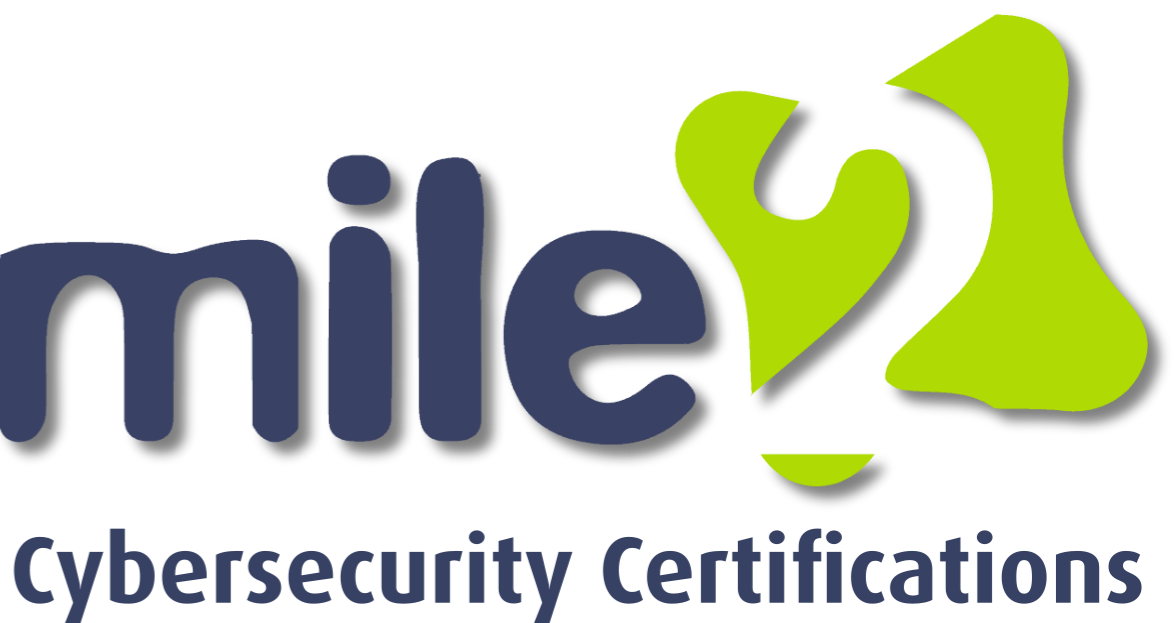OCU C)ISSO C Discussion Lesson 05
- This topic has 3 replies, 6 voices, and was last updated 6 months, 1 week ago by
Ashly Jackson.
-
AuthorPosts
-
-
February 15, 2024 at 4:14 pm #93546
Manny Varela
KeymasterChoose 2 of the frameworks and discuss in more detail each of these. Use the text, video, and at least 1 additional reference to explain each of these.
-
May 27, 2025 at 12:28 pm #106202
Ashly Jackson
ParticipantTo choose two effective frameworks for discussion, let’s consider the SWOT analysis and the PESTEL analysis. Each provides a unique lens through which to assess businesses or projects.
SWOT analysis focuses on identifying internal and external factors that impact an organization. The acronym stands for Strengths, Weaknesses, Opportunities, and Threats. For instance, when analyzing a tech startup, strengths might include innovative products and a skilled team, whereas weaknesses could include limited market reach. Opportunities might present themselves in the form of emerging technologies, while threats could stem from competitors or regulatory changes. This framework helps organizations leverage their strengths and opportunities while addressing weaknesses and mitigating threats.
On the other hand, PESTEL analysis takes a broader perspective by examining Political, Economic, Social, Technological, Environmental, and Legal factors affecting an industry. For example, a company evaluating its market strategy might consider how political stability (Political) or economic trends like inflation (Economic) could impact consumer behavior. Similarly, understanding social demographics (Social) and technological advancements (Technological) can guide product development. This analysis provides insightful context that informs strategic decisions.
Both frameworks highlight different aspects of analysis—SWOT offers a focused look at the internal and external environment of a specific entity, while PESTEL helps in understanding the broader contextual factors that can influence potential strategies.
-
May 28, 2025 at 11:11 pm #106223
Amy Hastings
ParticipantThe two frameworks I choose were VRIO and TOWS, VRIO is an analysis that is able to gain access to a company’s resources and other information such as their value as well as their rarity. VRIO is also commonly used to help the company using it to find any advantages within the company and this has a big impact on helping their company plan. The value as mentioned above, is what helps the company to have better performance. Also, since VRIO is considered a rarity, it is harder for unauthorized people or users to gain access to the company’s information.
TOWS is an analysis that helps to build onto the SWOT framework or analysis, it helps build onto SWOT because it builds off of the relationships that an organization or a company has with its strengths and weaknesses. This helps a company to find some better solutions or options to better help the company using it. TOWS is an important framework or analysis to have inside a company because it also takes SWOT’s findings and put it to use.-
May 29, 2025 at 11:37 am #106228
Ashly Jackson
ParticipantAmy, your explanation of the VRIO and TOWS frameworks was detailed and insightful. I liked how you emphasized VRIO’s focus on identifying internal strengths through value, rarity, and its impact on strategic planning. Your breakdown of TOWS and how it builds on SWOT to develop actionable strategies really added depth. Combining these tools can truly enhance a company’s ability to compete effectively. Great job explaining their practical applications in a clear and thoughtful way.
-
-
-
AuthorPosts
- You must be logged in to reply to this topic.

